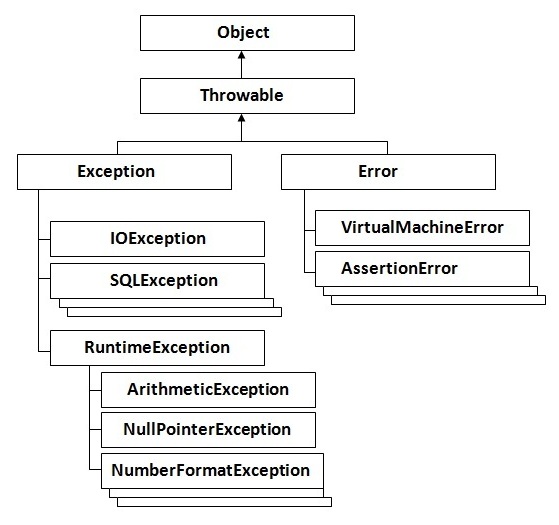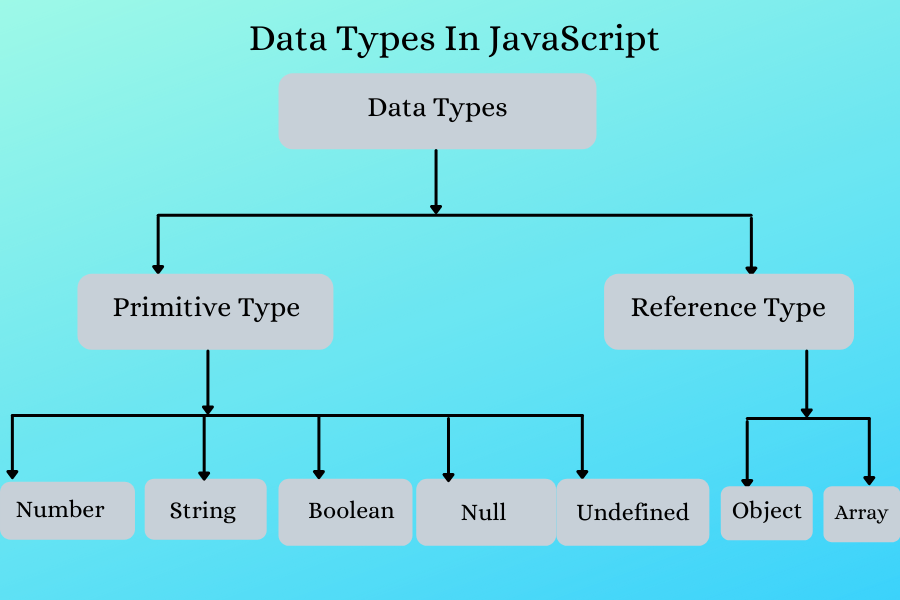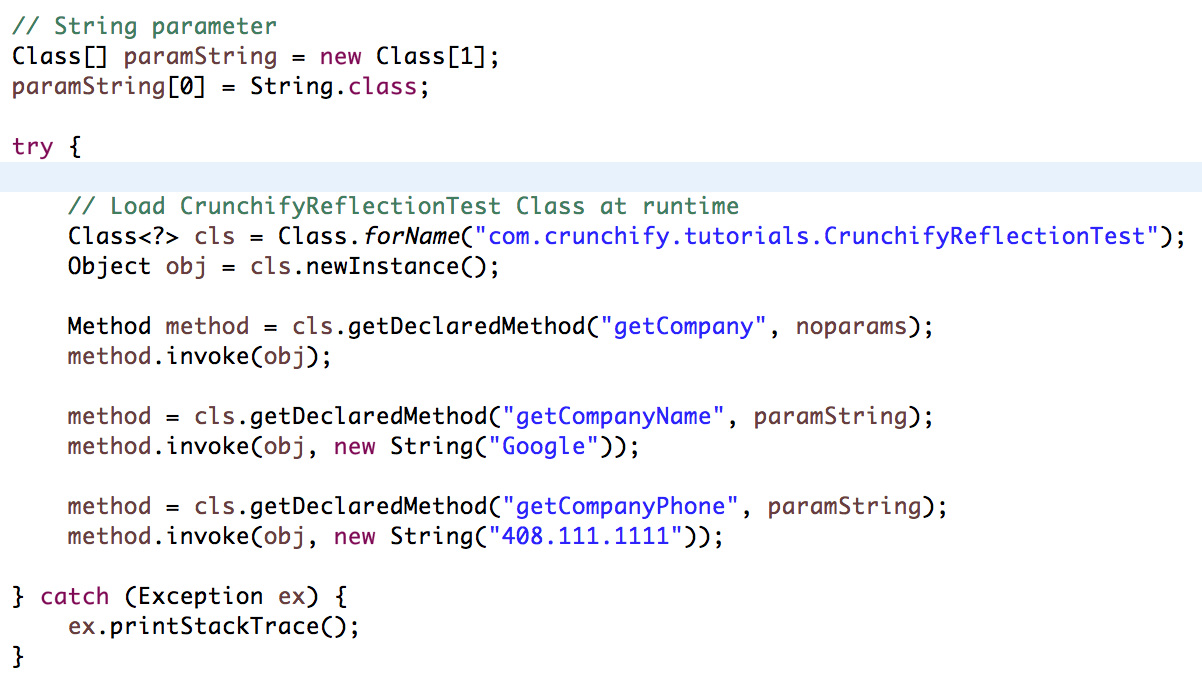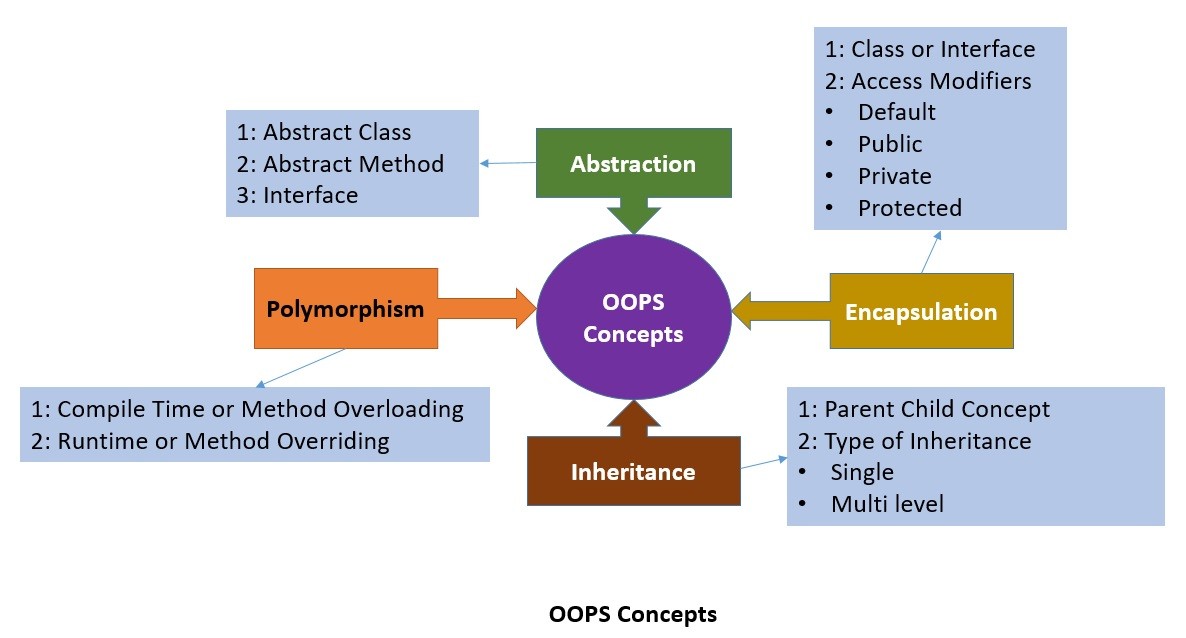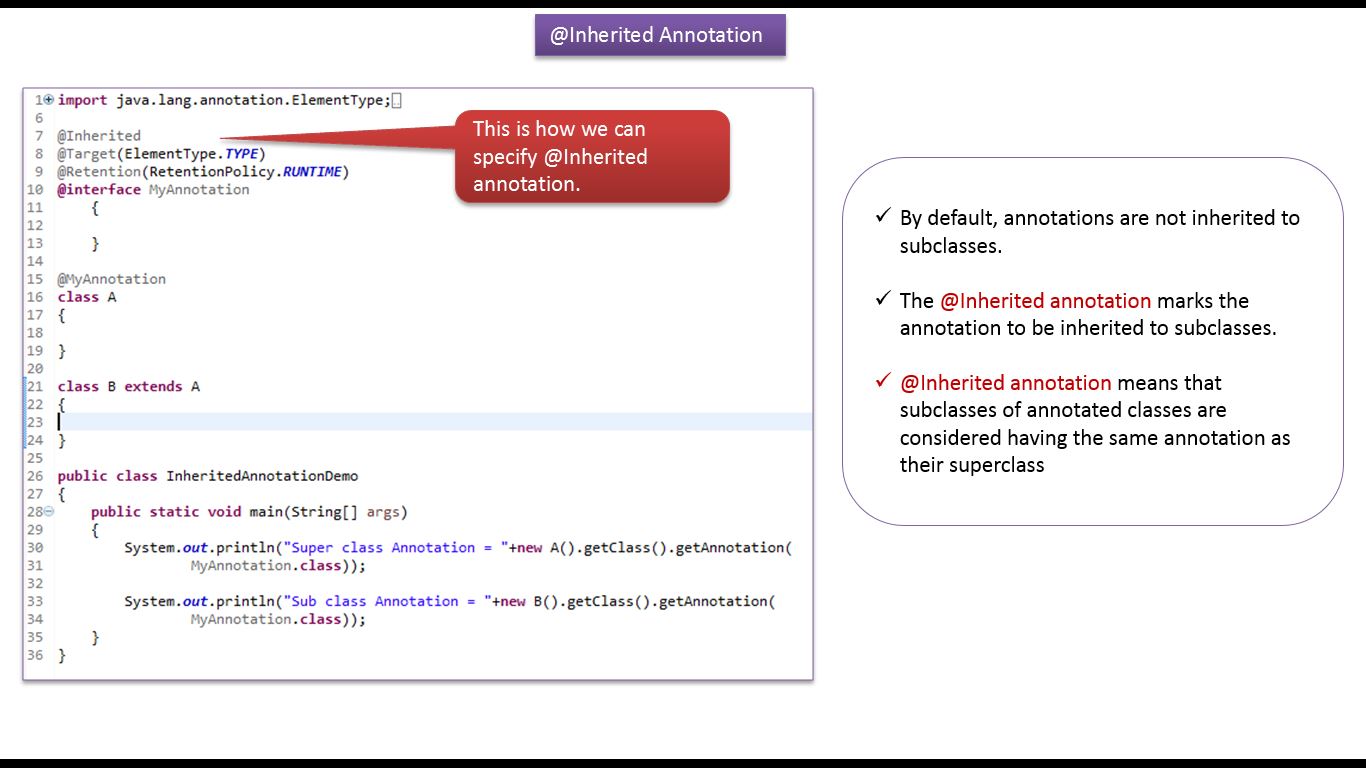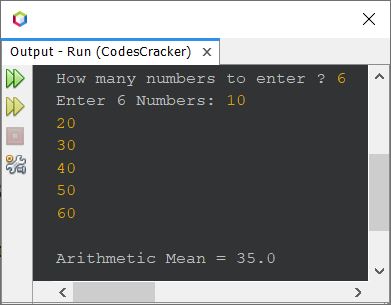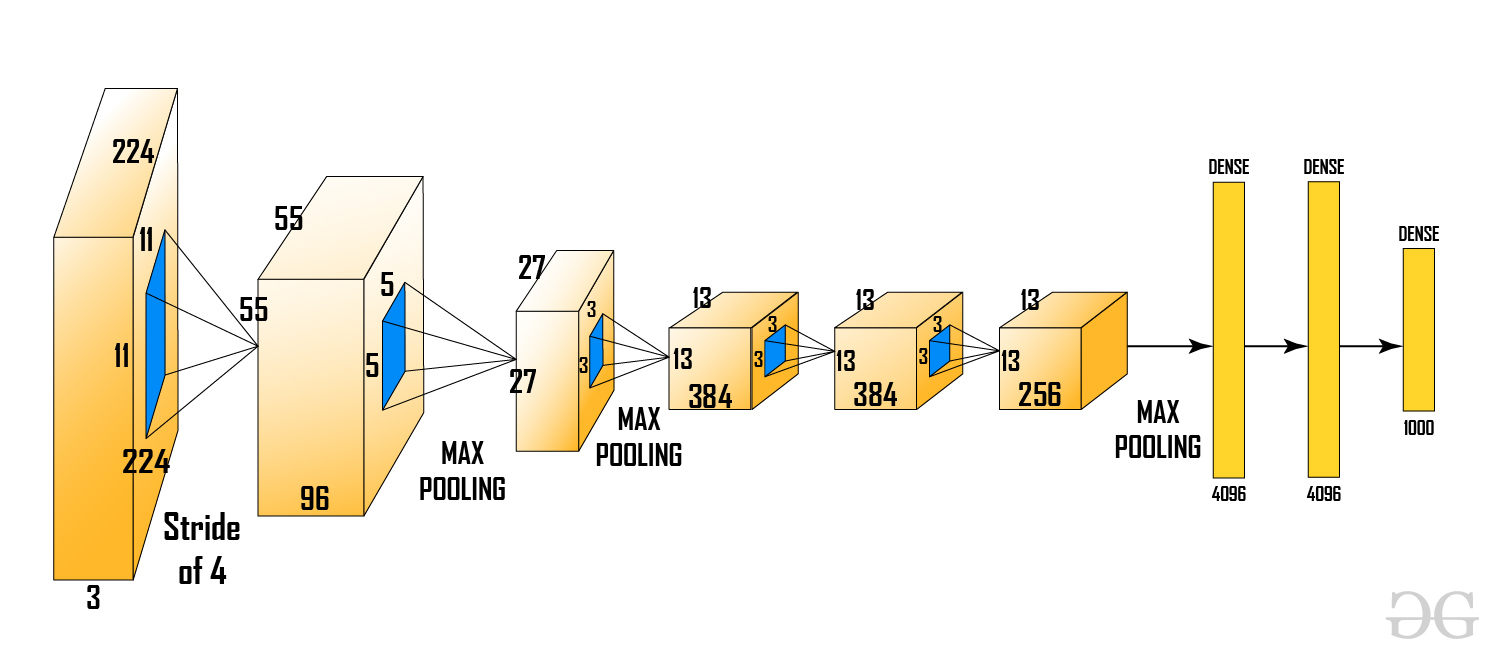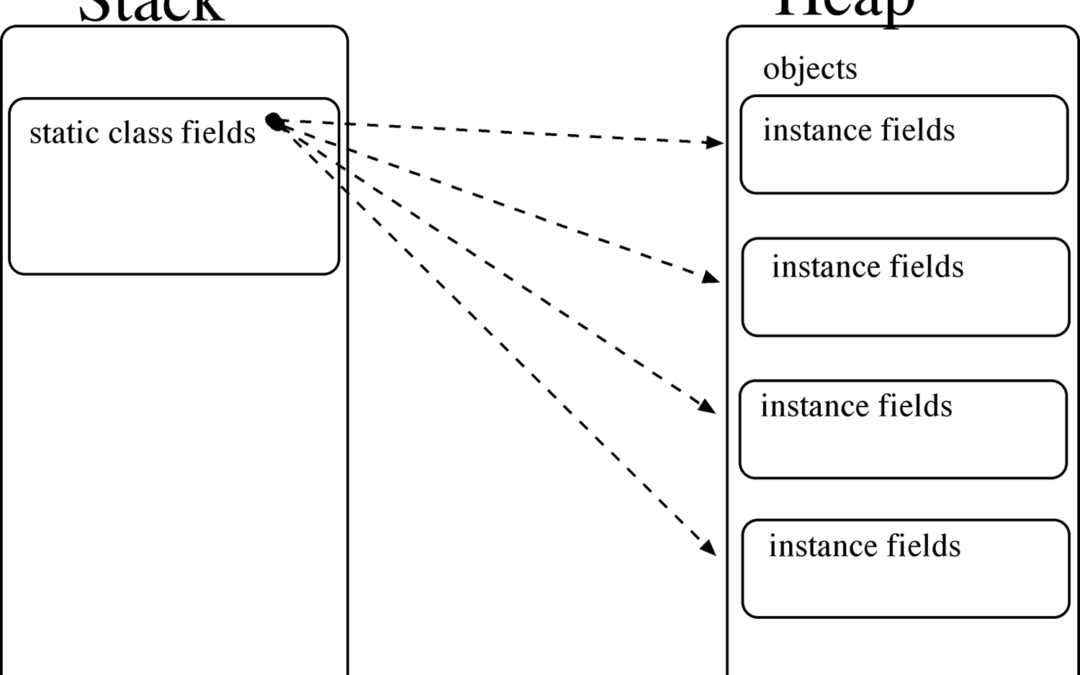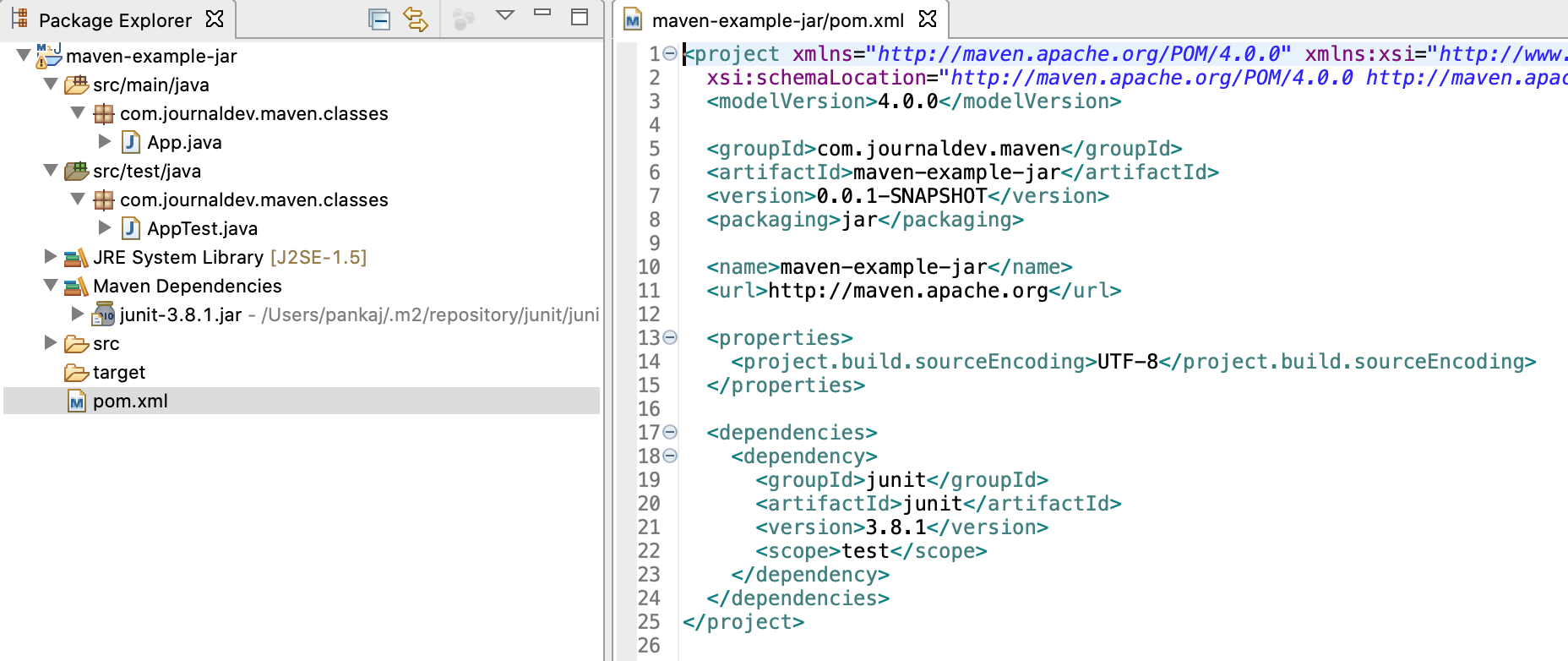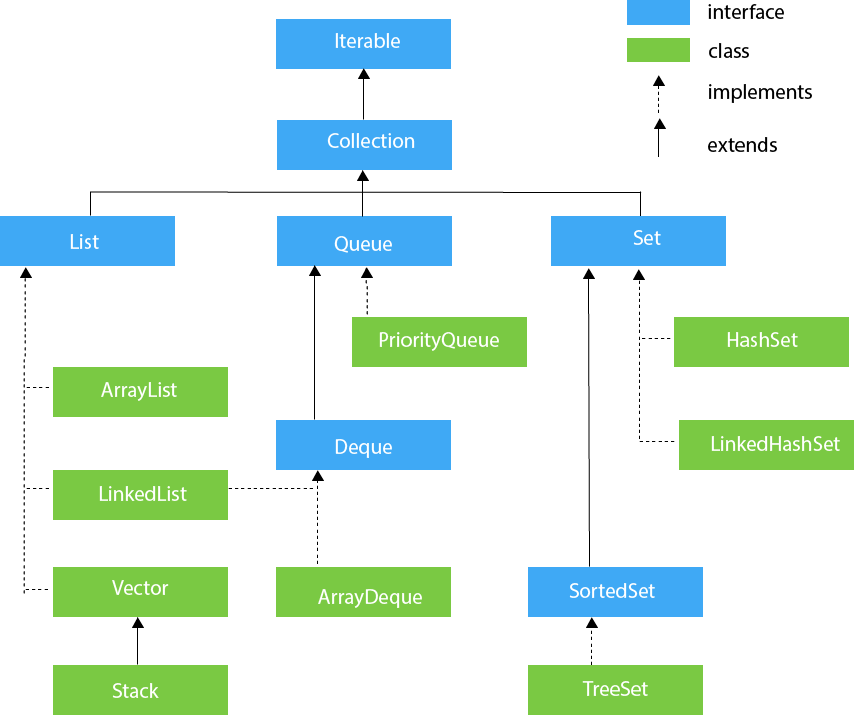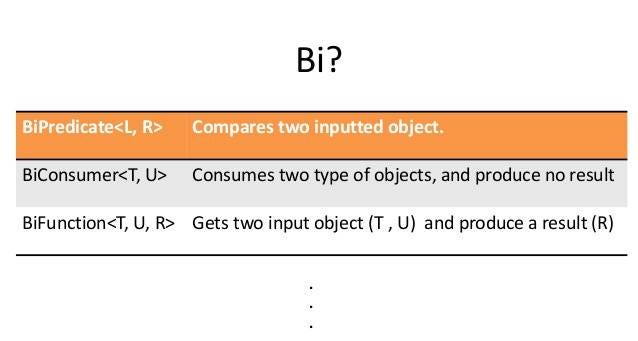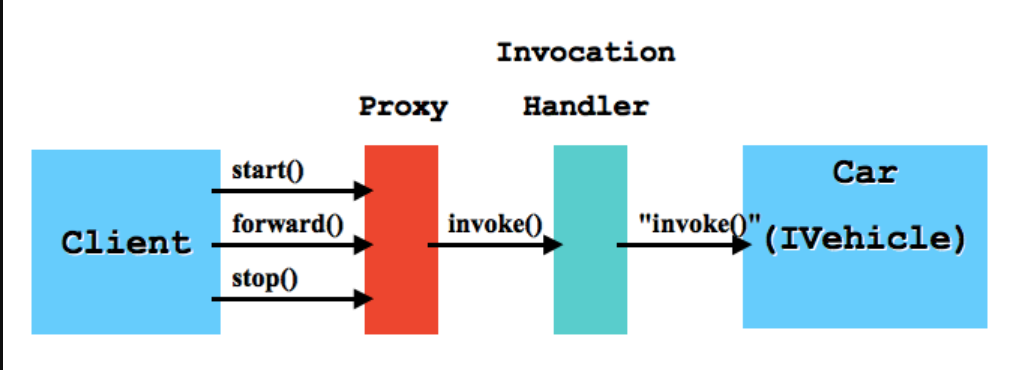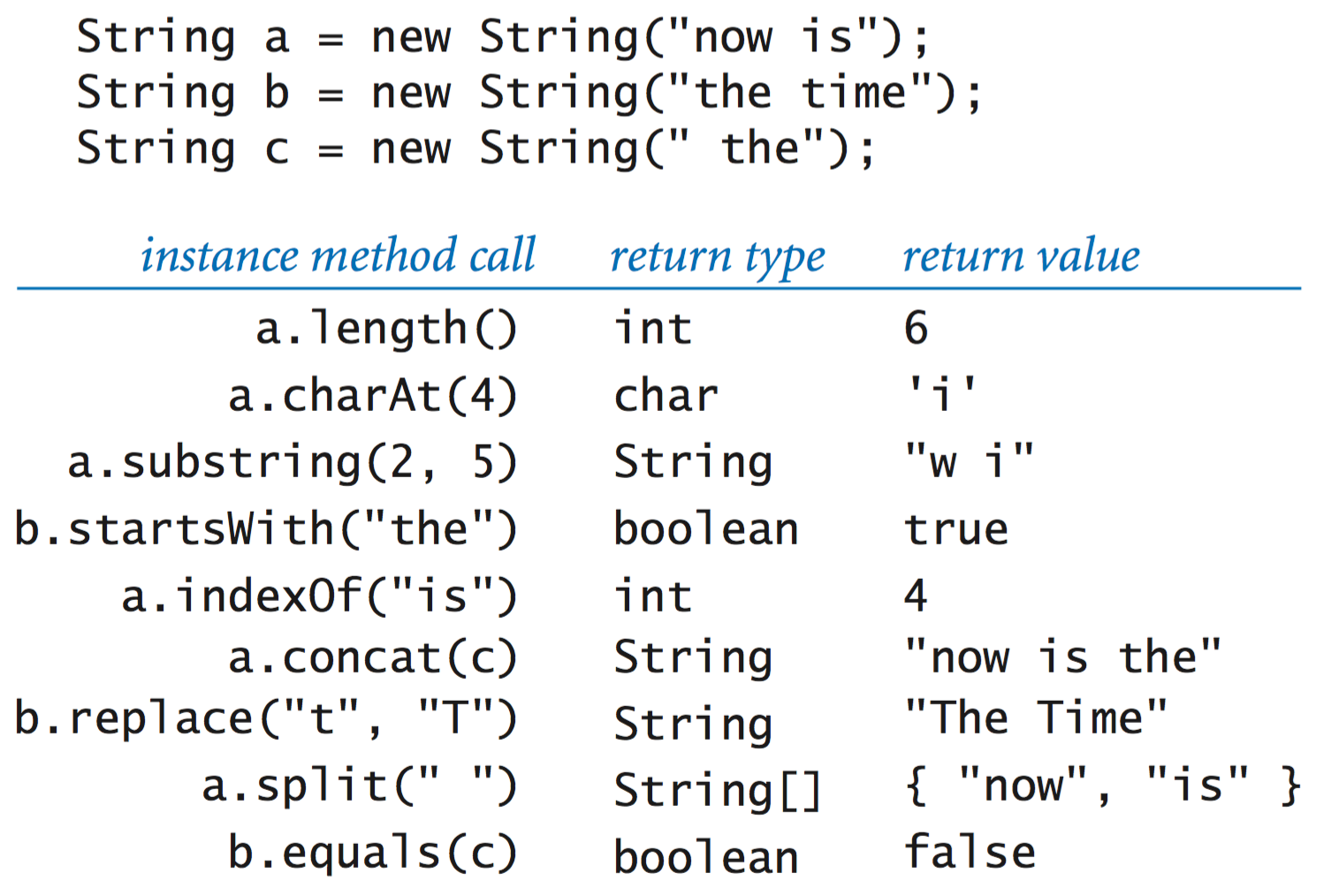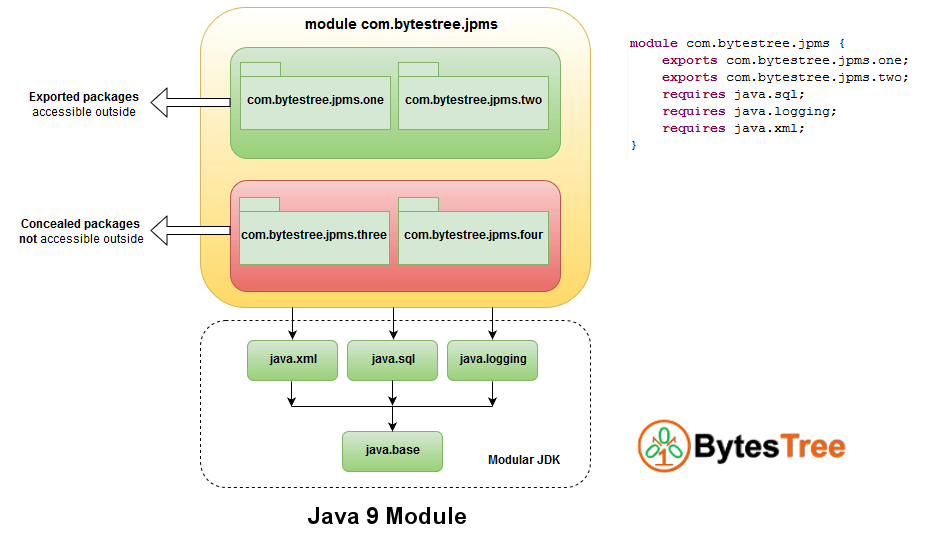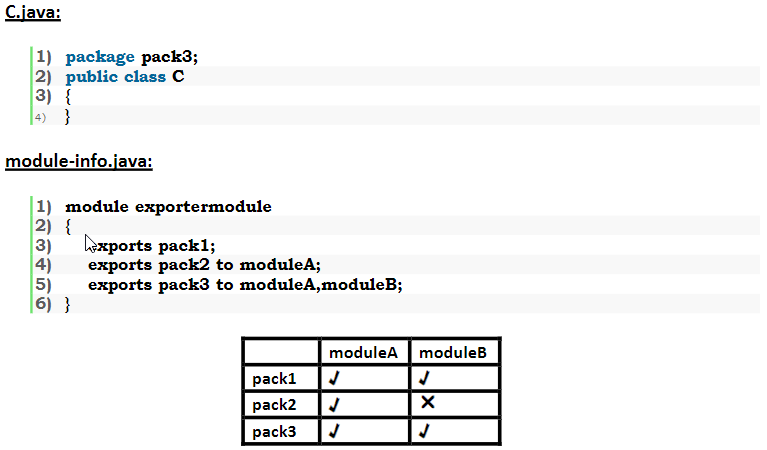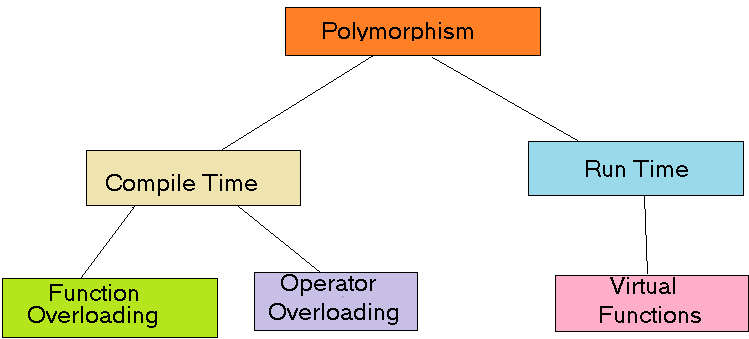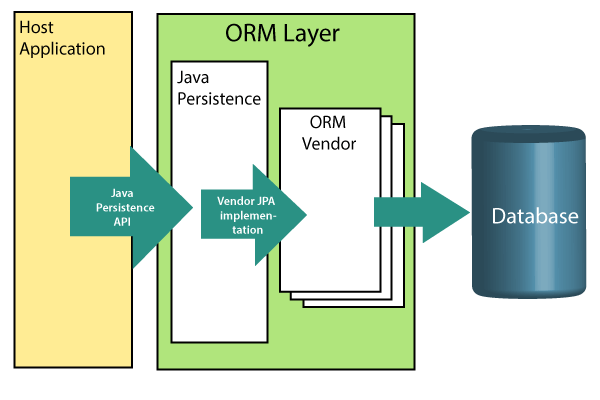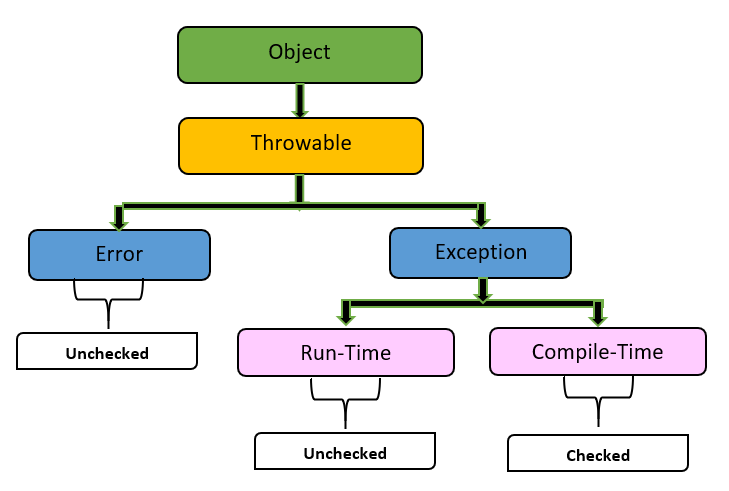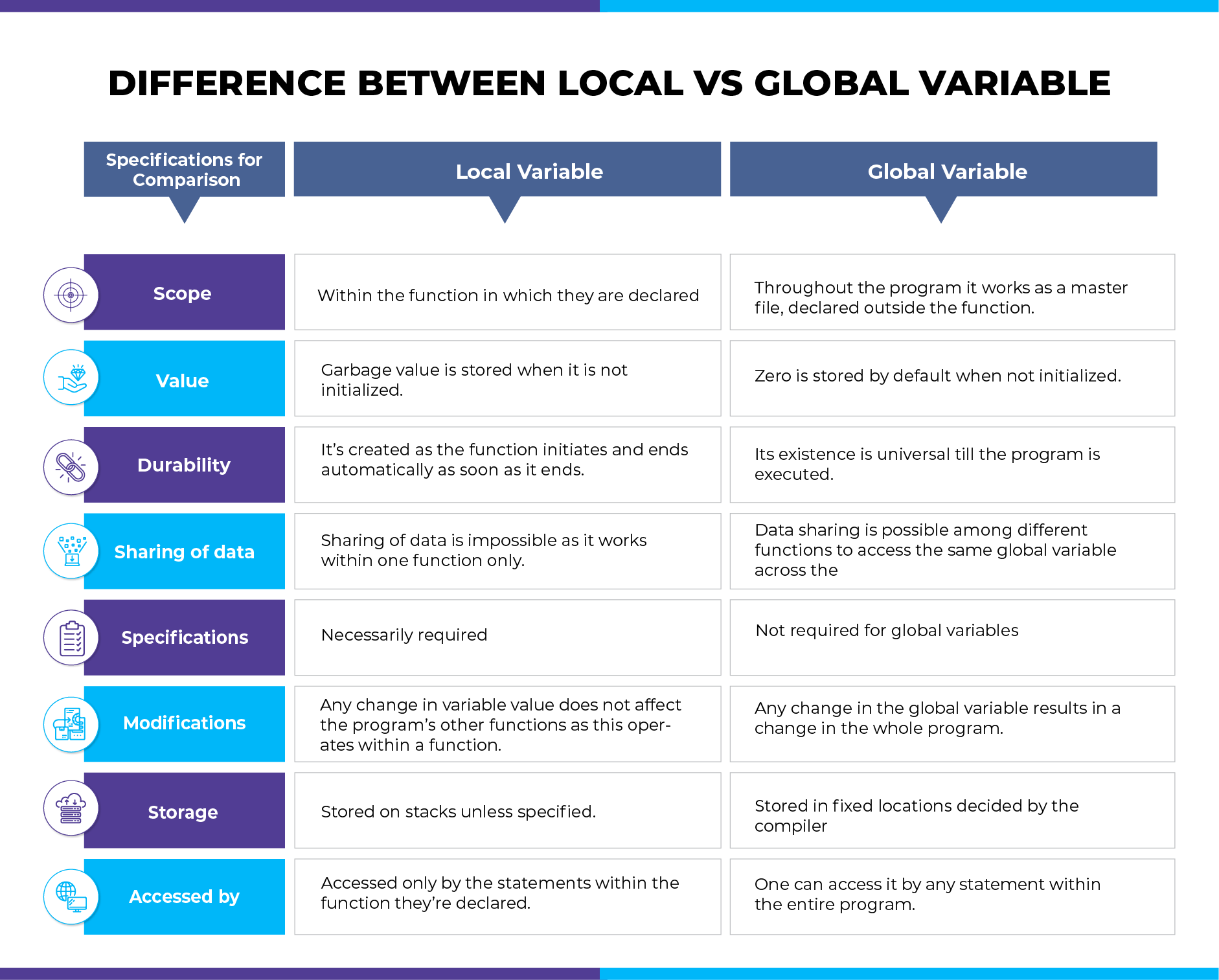How to create an object for an ArrayList in Java?
How to create an object for an ArrayList in Java?
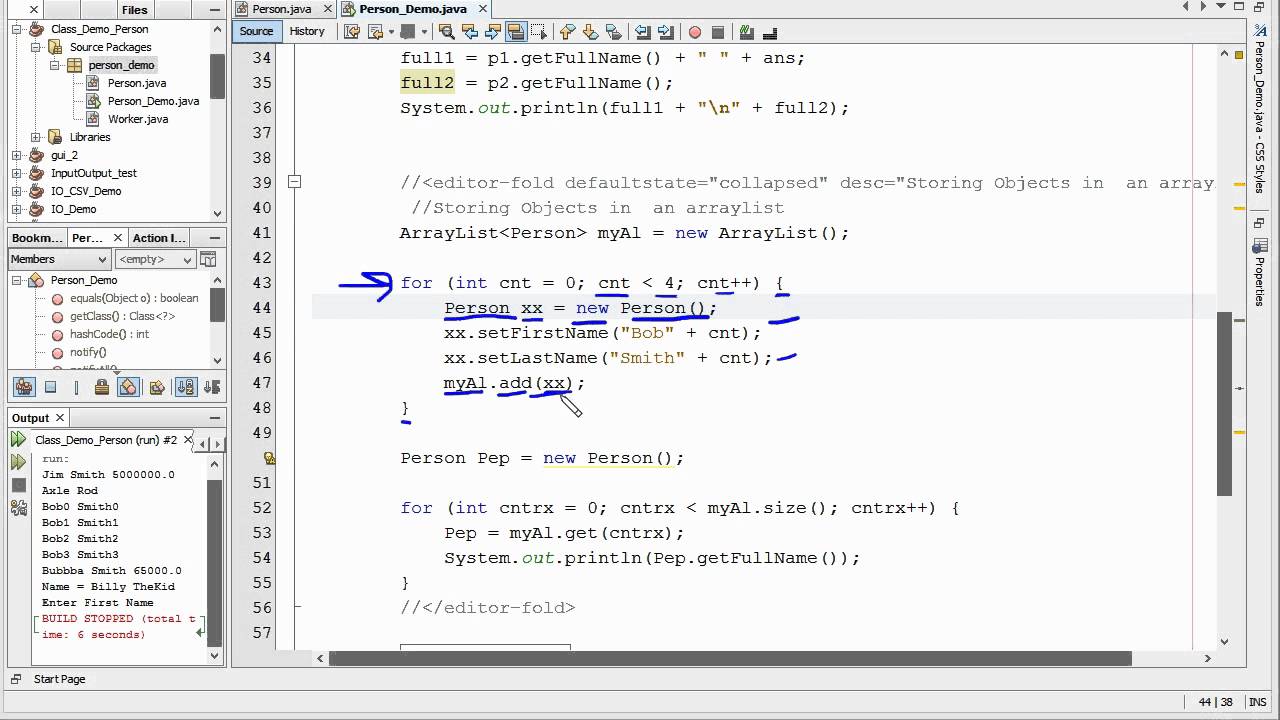
I'm happy to help you with that!
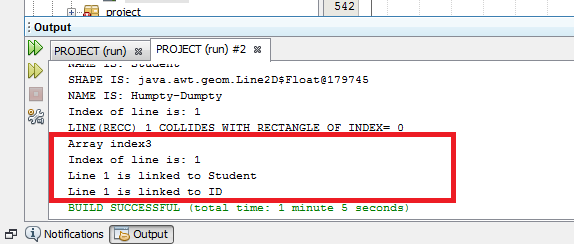
Creating an object for an ArrayList in Java is a fundamental concept, and I'd be delighted to explain it in detail.
What is an ArrayList?
An ArrayList is a resizable array-based data structure in the Java programming language. It's a part of the Java Collections Framework (JCF). An ArrayList allows you to store and manipulate a collection of objects. The key features of an ArrayList include:
Dynamic size: The ArrayList grows or shrinks dynamically as elements are added or removed. Ordered collection: The elements in an ArrayList are stored in a specific order, which is typically maintained. Homogeneous collection: An ArrayList can only store objects of the same class type (homogeneous).How to Create an Object for an ArrayList?
To create an object for an ArrayList, you need to define a class that represents the type of object you want to store in your ArrayList. Here's a step-by-step guide:
Define a Class: Identify the class type that you want to store in your ArrayList. For example, let's say you want to store Student objects.public class Student {
private String name;
private int age;
public Student(String name, int age) {
this.name = name;
this.age = age;
}
// Add getters and setters for the properties (name, age)
}
new keyword.
Student student1 = new Student("John", 20);
Student student2 = new Student("Jane", 25);
add() method of your ArrayList to add instances of your class as elements.
ArrayList studentsList = new ArrayList<>();
studentsList.add(student1);
studentsList.add(student2);
size(), get(), contains() etc.
Example Code:
Here's an example code snippet that demonstrates how to create objects for an ArrayList:
import java.util.ArrayList;
public class Main {
public static void main(String[] args) {
// Define the Student class
public class Student {
private String name;
private int age;
public Student(String name, int age) {
this.name = name;
this.age = age;
}
// Add getters and setters for the properties (name, age)
}
// Create instances of the Student class
Student student1 = new Student("John", 20);
Student student2 = new Student("Jane", 25);
// Create an ArrayList to store Student objects
ArrayList studentsList = new ArrayList<>();
// Add the objects to the ArrayList
studentsList.add(student1);
studentsList.add(student2);
// Print out the elements of the ArrayList
for (Student student : studentsList) {
System.out.println("Name: " + student.getName() + ", Age: " + student.getAge());
}
}
}
That's it! I hope this helps you understand how to create an object for an ArrayList in Java.
Add object to ArrayList Java
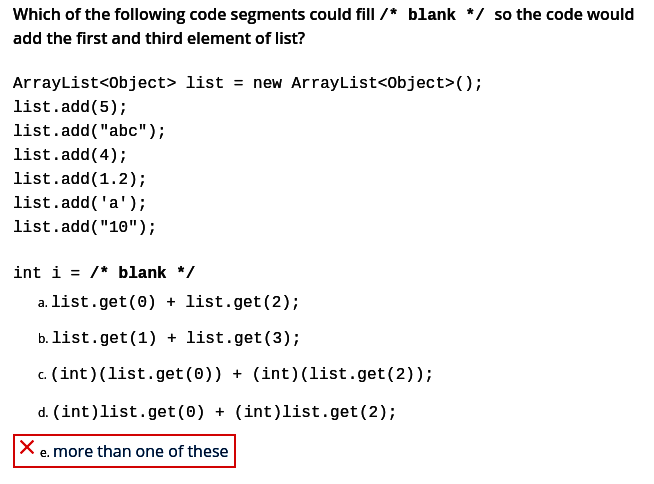
I'm happy to help you with that!
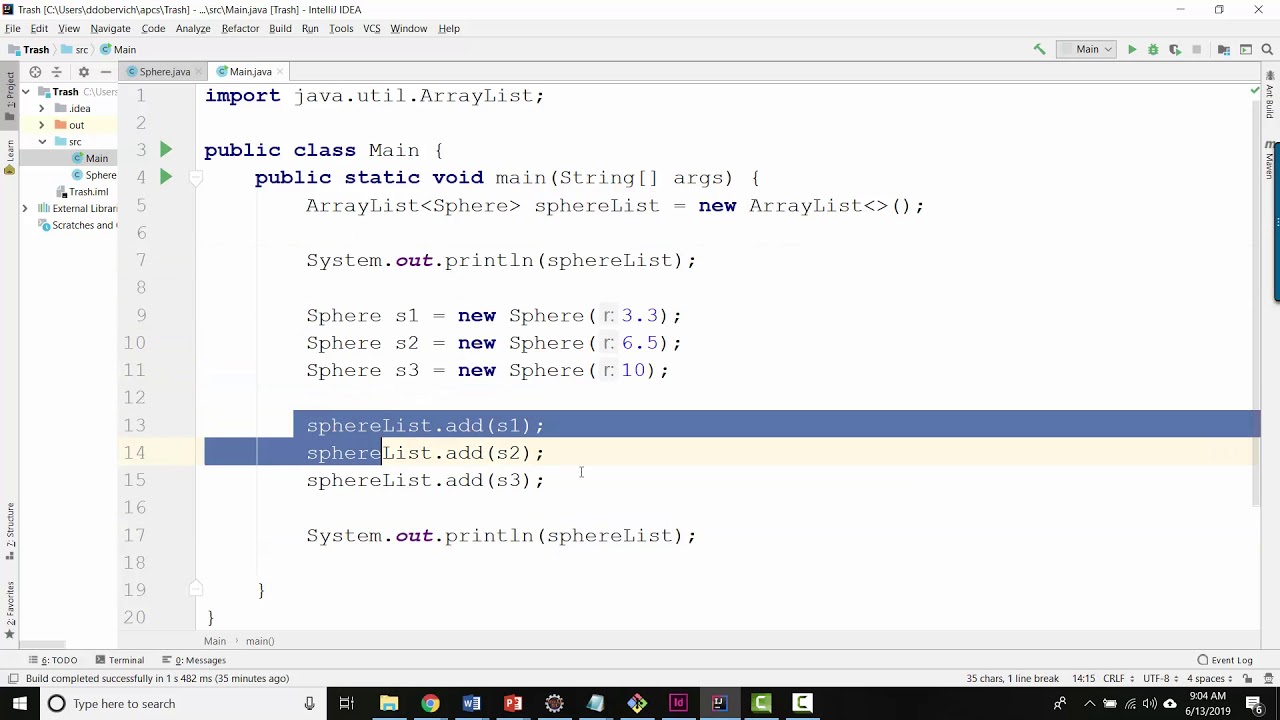
To add an object to an ArrayList in Java, you can follow these steps:
Create an ArrayList: First, you need to create an instance of theArrayList class. You can do this by using the following code:
ArrayList myList = new ArrayList<>();
Replace MyObject with the actual class of the object you want to add to the list.
MyObject class:
MyObject myObj = new MyObject();
MyObject has properties or fields that need to be set, do so now. For example:
myObj.setName("John");
myObj.setAge(30);
myList.add(myObj);
Here's the complete code:
import java.util.ArrayList;
import MyObject;
public class Main {
public static void main(String[] args) {
// Create an ArrayList
ArrayList myList = new ArrayList<>();
// Create a MyObject instance
MyObject myObj = new MyObject();
// Set properties (if needed)
myObj.setName("John");
myObj.setAge(30);
// Add the object to the ArrayList
myList.add(myObj);
}
}
That's it! You have successfully added an object to an ArrayList in Java.
Note that this is a basic example, and you may need to adjust the code depending on your specific use case. For instance, if your MyObject class has additional properties or methods, you'll need to include those as well.
